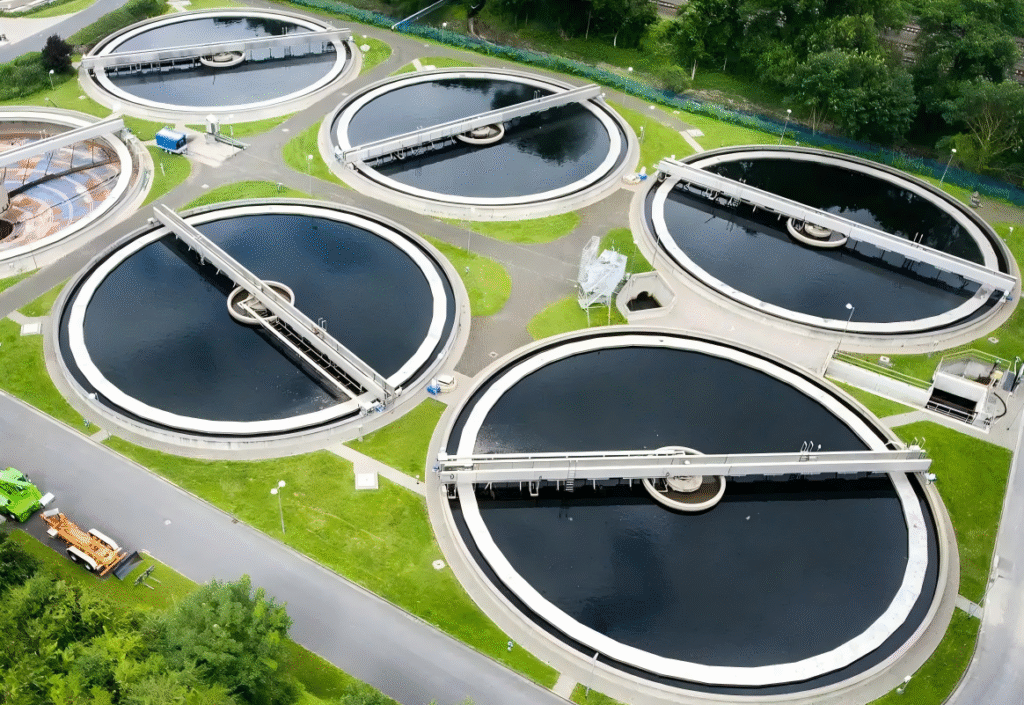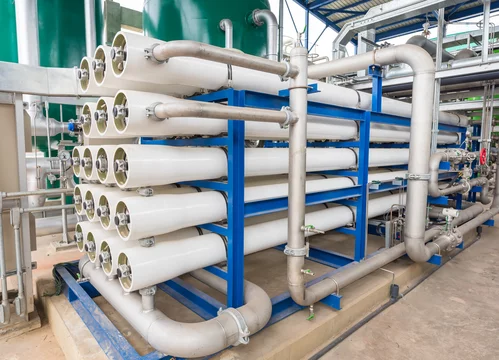
Water treatment process
Water treatment is a process of purifying and improving water by physical, chemical or biological methods, so that it can meet the water quality requirements of people’s life and production. Different water sources and water qualities require different water treatment processes.
The following are some common water treatment processes:
1. Pretreatment:
As the first step in water treatment, pretreatment involves preliminary processing and purification of raw water to remove large particles, suspended solids, and organic matter. Common pretreatment methods include sedimentation, filtration, adsorption, and oxidation. While pretreated water can eliminate most impurities and contaminants, it still does not meet direct drinking standards.
2. Activated carbon adsorption:
Activated carbon adsorption is a common method in water treatment, mainly using the adsorption of activated carbon to remove organic matter, heavy metal ions and residual chlorine and other harmful substances in water. Activated carbon adsorption can effectively remove the odor and color of water, improve the taste and quality of water.
3. Ultrafiltration:
Ultrafiltration is a membrane filtration method that separates suspended solids, bacteria, viruses, and organic matter from water through specially designed membrane pores. With pore sizes typically below 0.01 microns, ultrafiltration membranes can effectively remove most microorganisms and suspended particles while retaining beneficial mineral elements for human health.
4. Reverse Osmosis:
Reverse osmosis is an advanced water treatment technology that removes over 95% of ions, organic compounds, bacteria, and viruses from water through reverse osmosis membranes. This technology offers high-quality effluent, substantial water production capacity, simple equipment configuration, and user-friendly operation. It finds extensive applications in drinking water purification, industrial process water treatment, and wastewater reuse systems.
5. Ion Exchange:
Ion exchange is a common method of water softening. It removes hardness ions such as calcium and magnesium from water through ion exchangers, making the water soft. Ion exchangers can selectively exchange hardness ions in water with softening agents to achieve the purpose of water softening.
6. Disinfection:
Disinfection is the last link in water treatment. It mainly kills bacteria, viruses and other microorganisms in water by means of disinfectants or ultraviolet rays to ensure the safety and sanitation of water quality. Common disinfectants include chlorine gas, ozone and chlorine dioxide.
In summary, the water treatment process comprises multiple stages including pretreatment, activated carbon adsorption, ultrafiltration, reverse osmosis, ion exchange, and disinfection. Different water treatment processes can be selected and applied according to specific water sources and quality requirements. Water treatment not only ensures drinking water safety and health but also enhances water quality and utilization efficiency. This practice plays a vital role in environmental protection and promotes sustainable development.


Our company provides high quality and stable products, including reverse osmosis system, sludge dewatering machine, mechanical grille, dosing device, electrical control cabinet, etc., our professionals will provide you with installation, commissioning, operation, and follow-up maintenance services to help you solve problems!
Yixing Shenghe Environmental Protection Co., Ltd.

IPv6 network supported